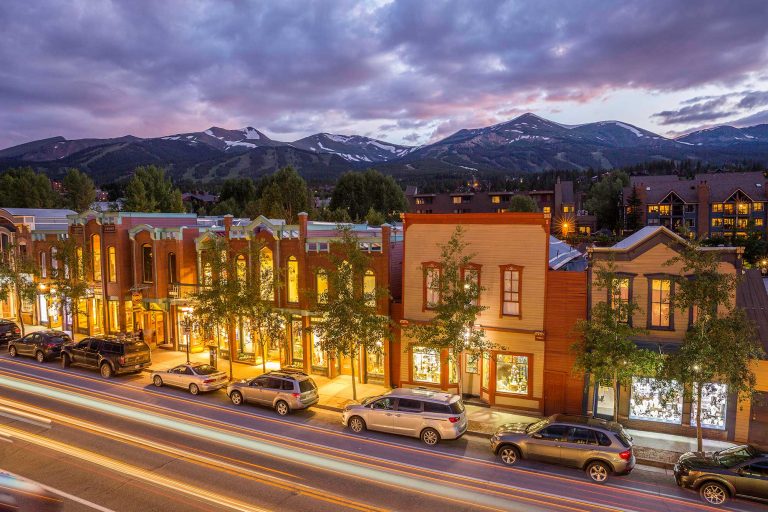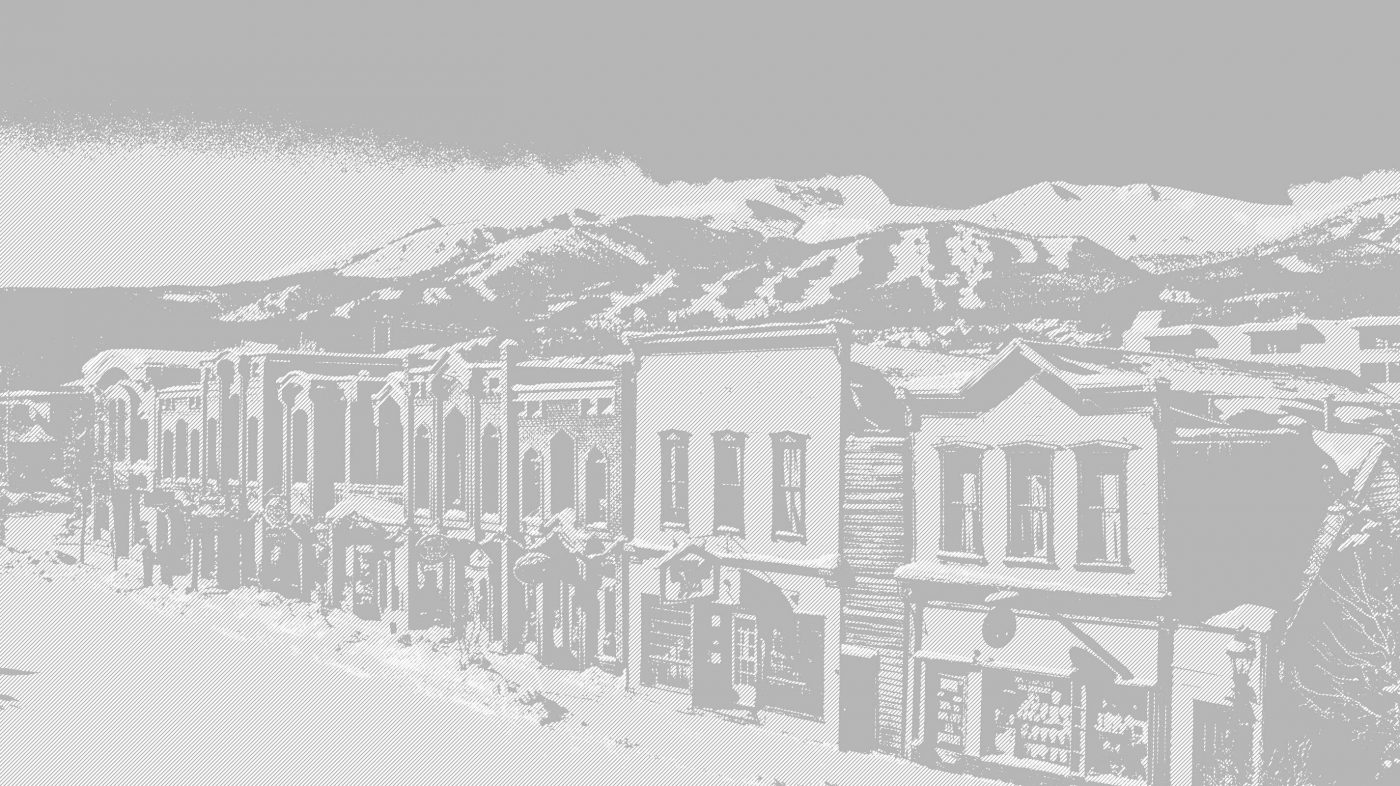There’s a reason Colorado has been dubbed one of the best places in the U.S. to see wildflowers. A combination of late snow-melt, 300+ days of sunshine and high-alpine terrain make Colorado the perfect place for wildflowers to grow. The most commonly found wildflowers in Breckenridge usually start blooming in May and June as the snow starts to melt, and typically stick around through July and early August.
From thickets of purple Columbines, the Colorado state flower, to the magentas, yellows, and lavenders of meadow flowers, your eyes will be dazzled by Breckenridge’s bounty of wild blooms. Here’s our guide to Breckenridge’s most common wildflowers in Breckenridge.
The Columbine, Colorado’s state flower, can be found in purple (most common), yellow and shades of pink and red.
Yellow Flowers
Spring sunshine gives rise to many of the yellow flowers, which are usually the first bloomers of the season. In Breckenridge, we celebrate the hearty early Dandelions flowering as the snow recedes, not just because they mean that summer is on the way, but because Dandelions are an important early food source for bees and other pollinators. Other common spring yellow flowers include Arnica and Oregon grape. As summer progresses, the cheerful Sneezeweed blends with the purple Lupine, and a wide variety of sunflowers appear. DYCs, or “Darn Yellow Composites,” encompass many of the yellow wildflowers in our area, from Goldenrods to Groundsels and Senecios that are difficult to tell apart unless you have a botany degree.
Blue and Purple Flowers
Scientists say that blue is rare in nature, but in Breckenridge, it’s a very common color. Expect to see fields of Lupine, Blue Flax, Larkspur, Harebells, Iris, and the tri-colored Columbine, the Colorado state flower. When you include the purply-blue flowers like Penstemon, Monkshood and Chiming Bells, the variety is astounding.
Red, Orange and Pink Flowers
True red is uncommon in wildflowers, but Breckenridge boasts two varieties: the Scarlett Gilia and Indian Paintbrush. Other red, pink, magenta and orange flowers commonly found in our area include Wild Roses, Pink Elephant Heads, Sticky Geranium, Fairy Slipper Orchids, Prairie Smoke and the Rosy Paintbrush. Fireweed, an unfortunate name for a beautiful magenta native wildflower, is also called “Summer’s Half Gone” by Breckenridge old-timers. The blooms typically start in late July or August, when summer is half over. According to legend, the first snows come six weeks after the Fireweed has bloomed to the end of its stalk.
Oriental Poppy: Not a native wildflower but common around Breckenridge’s historic homes.
While not a true Breckenridge wildflower, Oriental Poppies are a legacy plant from the mining era. Brought to Breckenridge by the earliest settlers for their medicinal value, they can still be found in naturalized clumps around some of Breckenridge’s historic homes.
White Flowers
White flowers compete with the yellows for the winner of earliest spring blooms, like Alpine Pennycress which blooms before the snow melts. Other white flowers common in Breckenridge include white Paintbrush, Bedstraw, Cow Parsnip, Pasqueflower and Yarrow. Like filler in a bride’s bouquet, Yarrow adds texture and a neutral backdrop for the brighter flowers in the meadow. Its super powers include anti-fungal and anti-bacterial qualities.
Easy Places to Find Wildflowers around Breckenridge
Breckenridge wildflowers can be found right in town or high above treeline on your favorite hike.
Ice Rink and Sawmill Museum Trails: Start at the Sawmill Museum on Boreas Pass Road and venture along the Blue River Trail for some of the best wildflowers in any season. Early summer blooms will be found in the sage meadows, and profuse flowers will be found in the wet meadow. Follow the Blue River Trail back toward the Ice Rink for forest flowers, or take the bus to the Ice Rink and look for early spring blossoms in the sage meadow on the west side.
Carter Museum and Carter Park: The great 19th century naturalist, Edwin Carter, left a legacy of natural lands. Much of the grounds of his eponymous museum in downtown Breckenridge at Ridge Street and Wellington Road have been little disturbed since the 1870’s when Carter built his cabin there. In any season you’ll find a variety of Penstemons and other wildflowers with almost no effort. Or venture to Carter Park at the south end of High Street and take a short walk up the hill for a combination of views and wildflowers that you won’t soon forget.
Boreas Pass Road: It’s a dirt road, but easily passable by most vehicles. As you approach the alpine zone, you’ll find huge meadows of brilliant yellow Alpine Sunflower. Stop at the top to explore the area above timberline for later summer bloomers.
Burro Trail: Starting at Beaver Run Resort on Village Road, follow the Burro Trail along Lehman Creek for a gentle climb, a burbling creek, and plenty of water-loving wildflowers.
Check out more ways to find Breckenridge wildflowers, and hit the trails on one of our top 5 wildflower hikes around Breckenridge.
Wildflowers in Breckenridge


Embrace The Spirit
BLike Breckenridge™️ is a movement born of the spirit of our historic mountain town for those who call it home—whether for a weekend or a lifetime—to live by. It is a cause that connects us to each other, that we can all be a part of.
